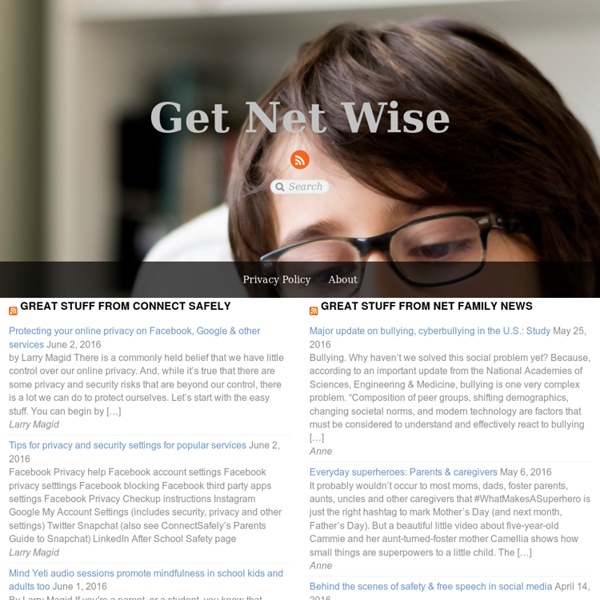



WiredSafety: the world's largest Internet safety, help and educa CSRIU: Center for Safe and Responsible Internet Use Netcraft Escape Information | New Beginnings If you think your activities are being monitored, they probably are. You may want to use a computer that someone abusive does not have direct or remote (hacking) access to. It is not possible to delete or clear all the footprints" of your computer or online activities. Abusive people are often controlling and want to know your every move. You dont need to be a computer programmer or have special skills to monitor someones computer and Internet activities. If you are being monitored, suddenly changing your computer behaviors (e.g. suddenly deleting your entire Internet history) may arouse suspicion. Use a safer computer to research an escape plan, look for new jobs or apartments, bus tickets, or ask for help. Email and Instant/Text Messaging (IM)Email and Instant/Text Messaging (IM) are not confidential ways to talk to someone about the danger or abuse in your life. TelephonesCorded phones are more private and less prone to interception than cordless phones or analog cell phones.
www.bullying.org Where you are NOT alone! Created by Bill Belsey (Canada) #nymwars on twitter IPTV and internet video delivery models: video content services over IP in Australia Australians are increasingly able to view video content on their own terms, including when, where and how they want it, according to this report. The report is part of the ACMA’s ongoing research program into the application of emerging technologies. It provides taxonomy of the new delivery models and discusses the changes to the commercial environment. The report identifies that, while traditional content viewing services such as free-to-air and subscription broadcasting still form the overwhelming backbone for video and television content viewing in Australia, there has been a material increase in the number of alternative distribution methods – with several using the internet. The report suggests that one in five Australians have already viewed full-length television programs over the internet and one in eight have viewed full-length films.